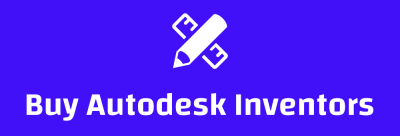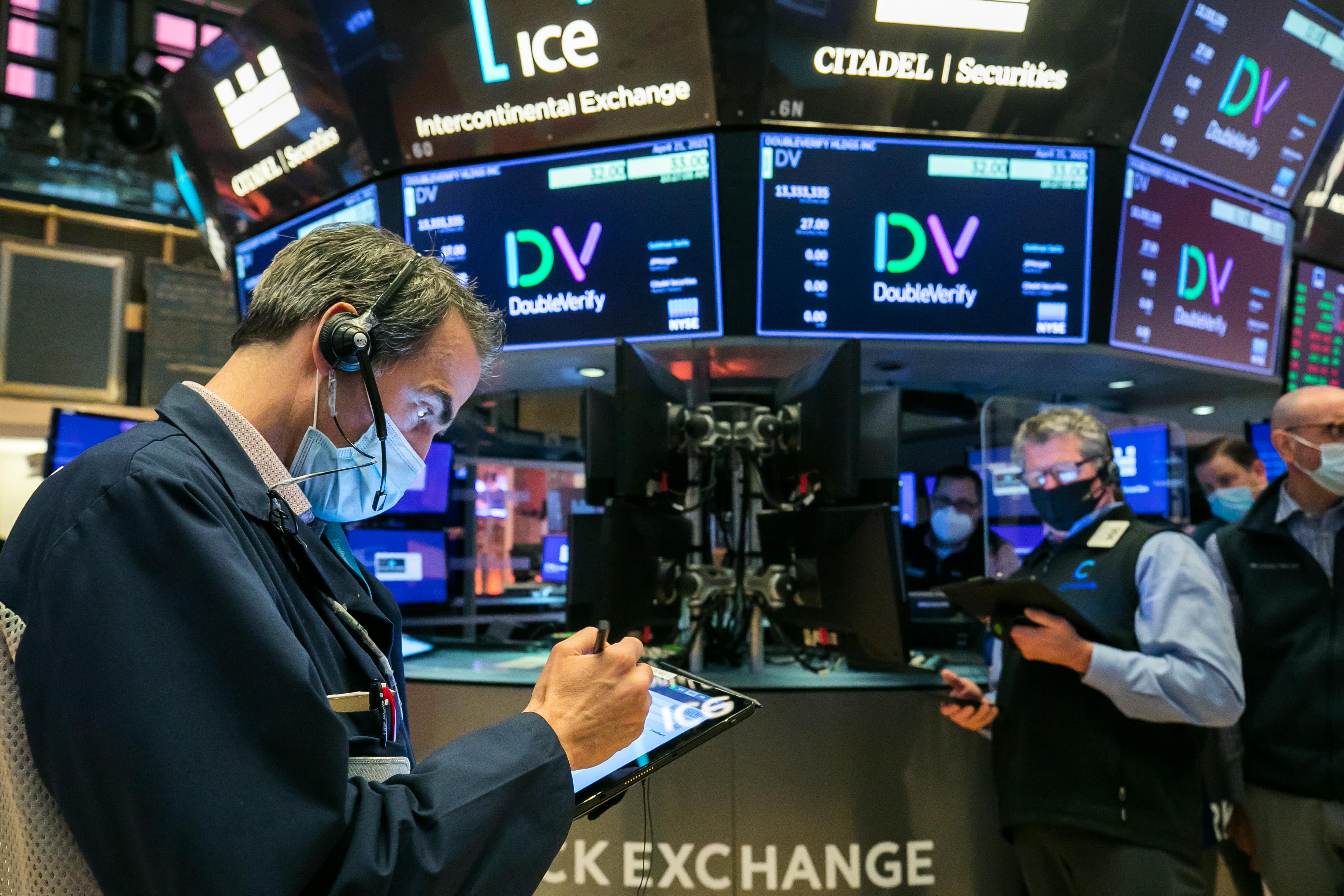Shares of adware company DoubleVerify close up 33% on first day of trading
Traders working at the New York Stock Exchange (NYSE), today, Wednesday, April 21, 2021.
Source: NYSE
DoubleVerify, a company that develops software for digital media advertisers, closed up 33% after launching its initial public offering on Wednesday.
The shares opened at $35, up from its IPO price of $27, to reach a market capitalization of more than $5.3 billion. Shares closed at $36.
The Company provides software for measuring digital media ad placements, campaign effectiveness and analytics. It attempts to help advertisers ensure ads are viewable, non-fraudulent, in appropriate geographies, and “brand safe” or not adjacent to content that advertisers might find problematic, such as political content. controversial or fake news. It has direct integration with programmatic players (like The Trade Desk and Google), social media platforms (like Facebook, Google’s YouTube and Snap) and connected TV players (like Amazon and Roku), according to its prospectus. .
“Think of us as ad security software,” Mark Zagorski, CEO of DoubleVerify, told CNBC. “We make sure that an ad transaction is fraud-free, that the ad is served to a real person who can actually see it, not a bot, and that it’s served in a safe context for that brand.”
The company is the latest in a string of ad tech players to go public in recent months, including PubMatic, Viant and Kubient.
“As dollars continue to move into digital and even into digital domains like connected TV, fraud continues to be a challenge in building trust between buyers and sellers,” Zagorski said. “The environment for our product has never been so ripe.”
DoubleVerify generated about $244 million in revenue in 2020, up from $183 million in 2018. The company has about 1,000 customers, according to its S-1.
“We have a very nice diversification of customers,” Zagorski said. “During Covid last year, when retail and travel had just crashed, we still managed to grow 22% in the second quarter…”
He sees growth coming from new areas of coverage, like deepening connected TV, audio and podcasting. Growth should also come from new geographies and new products, he said.
DoubleVerify said in its prospectus that its main competitors are other digital ad measurement providers like Integral Ad Science, as well as Moat and Grapeshot, which are part of Oracle Data Cloud. He said other companies offer point solutions that address certain aspects of digital ad measurement. Google also announced last week that it would add a new tool to make it easier for ad buyers to dynamically block sites and domains that don’t meet their brand safety standards.
Providence Equity Partners acquired a majority stake in the now 13-year-old DoubleVerify in 2017. The company also raised a $350 million funding round led by Tiger Global Management in November 2020.
Davis Noell, Senior Managing Director of Providence and Chairman of the Board of DoubleVerify, told CNBC that he believes DoubleVerify fulfills a unique role as an independent way to measure the effectiveness of digital ads.
“When we first made the investment, it was clear that there was a need for an independent measurement source in the digital advertising ecosystem to bring this transparency to the entire ecosystem. “, did he declare. “And so it’s not something that Google can do, or Facebook or The Trade Desk, or anybody really involved in buying and selling media.”
MKM Partners wrote in a note that DoubleVerify is benefiting from trends such as the growth of digital ads and a move toward programmatic ad buying. They added that its core value proposition hinges on three growing areas of focus: the ability to protect brand reputation, detect internet fraud, and measure the effectiveness of ad spend. They also cited the company’s growing group of large customers representing at least $1 million in annual revenue; from 25 in 2018 to 45 in 2020.
But MKM said the company also faces the risk of disintermediation from large walled gardens and big ad tech players like The Trade Desk. He added that while the company did not mention the customer concentration risk of a customer representing more than 10% of its revenue in 2020, it said that two programmatic partner platforms collected around 12% each. of its total revenue in 2020 on behalf of DoubleVerify Advertising Clients.
Tool sharpening
The idea of ”brand-safe” advertising drew criticism, particularly early in the pandemic when brands used it to try to avoid appearing near coronavirus-related content.
Zagorski said the company has been working to evolve some of these tools.
Every dollar that goes to fake news or political hate speech is a dollar stolen from a legitimate publisher, he said. “That’s our motivation, is to create a stronger relationship between legitimate publishers and advertisers, so that real content gets funded.”
Zagorski said that involves the company being sure it’s using a scalpel rather than a “meat grinder.” This involves changing the way the company views content, for example, and being more deliberate about the context in which a word may appear – “shooting” in the context of violence should be treated differently than “taking”. a picture” or a “shooting star.”
The company also works with advertisers on brand fit “tiers” to determine levels of sensitivity to certain categories.
“Instead of working with a meat cleaver to say, ‘I don’t want to be surrounded by political talk, I don’t want to be surrounded by anything that engages in this type of dialogue,’ they can have a sensitivity about it,” he said. “And that sensitivity can change from brand to brand or region to region.”


Comments are closed.